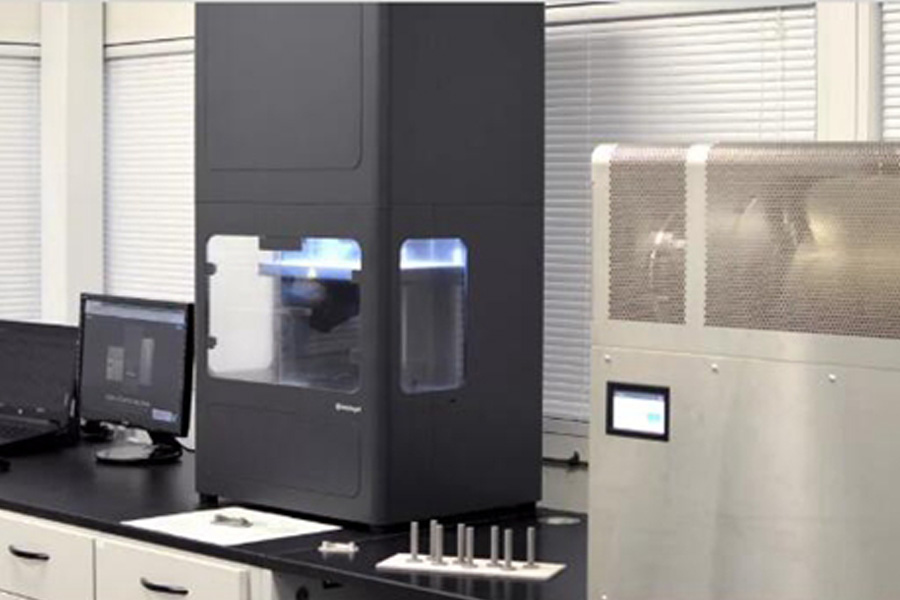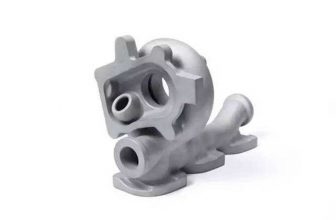
With the emergence of 3D printing technology, new solutions have been found in the manufacturing of fixtures. 3D printing is particularly suitable for the manufacture of small batches and complex products. For companies that need tooling and fixtures, using 3D printing technology to customize parts has low cost, high efficiency and good results. Nowadays, the application of customized 3D printing fixtures and fixtures in automobile production lines, medical equipment production, aerospace and other heavy industries has become a common phenomenon.
Markforged uses composite 3D printing to have high-strength and high-precision tooling parts, making it an ideal choice for tooling fixtures and tool applications. Siemens Gas and Electric Company applies Markforged 3D printing technology to produce cutting tools to shorten delivery time and significantly reduce production costs.
User’s Problem
Siemens Gas & Power has maintained the normal operation of thousands of homes and businesses. The natural gas and power sector is one of Siemens’ three major operating companies. The company produces compressors, turbines and generators all over the world.
Siemens Gas and Electric has used its Markforged Metal X printer for a variety of metal applications
When the gas turbine casing needs to be repaired, engineers from the Siemens Gas and Power Department need to use a circular saw to cut the casing quickly and efficiently to maintain the system. Due to the complex contour design of the housing, a standard electroplated circular saw is difficult to meet the requirements. In the past few years, the team has solved this problem by purchasing this standard circular saw from outside. They first shipped the circular saw to the production workshop in the Philippines to customize the contour board, and then shipped the circular saw back to the United States for reassembly. . This is not an economical and reliable solution, because engineers need to wait more than 3 weeks to receive customized hand tools.
3D Printing Solutions
After investigation and research, Siemens engineers determined that most circular saw parts can be printed using a 3D printer to accurately match the contour of the turbine. After some comparisons, the team believed that Markforged’s X7 industrial composite printer was the best choice for this work, and decided to buy it. “We bought an off-the-shelf motor and blade, but the other parts were custom-produced using a 3D printer,” said Siemens Gas and Power Engineer Sam Dicpetris. These parts were initially tested using Onyx (chopped carbon fiber + nylon) composite material printing, and then reinforced with continuous carbon fiber to make the part structure stronger and stronger.
Siemens’ circular saw housing is printed with Onyx composite material and then reinforced with continuous carbon fiber.
The circular saw parts printed by the Markforged 3D printer have shortened the maintenance time of the on-site turbine from a few weeks to a few days. Dicpetris said: “We can cut and make a tool that can accurately outline the outline of what we want to cut. This is completely different from the parts purchased directly from the outside.” After the parts are produced, Siemens Gas and Electricity has not only shortened the time to manufacture these tools from a few weeks to a few days, and improved production efficiency. And it saves a lot of costs while ensuring the performance of parts and maintaining a competitive advantage. Dicpetris estimates that the team saved US$8,000 from just one customized circular saw and hundreds of thousands of US dollars in the production of other parts.
“The strength of continuous carbon fiber is very good. Although it looks like a plastic part, the internal strength is completely different from ordinary parts. This result surprised us!” Siemens Gas and Power Engineer Sam Dicpetris said.
The manufacturing and assembly of this circular saw frame took several weeks, and it only took a few days to use the Markforged 3D printer.
Future Development
Today, Siemens has more than 100 engineers using Markforged technology for production, and engineers are constantly exploring and developing new applications. For example, modular fixtures for 3D printed turbine blades are used to improve product lines and workflows. The printer runs every day with almost no downtime. In addition, the company also purchased a metal printer Metal X to customize disposable parts, and the external machine shop also added a Metal X to meet the company’s demand for rapid turnover of metal parts.





